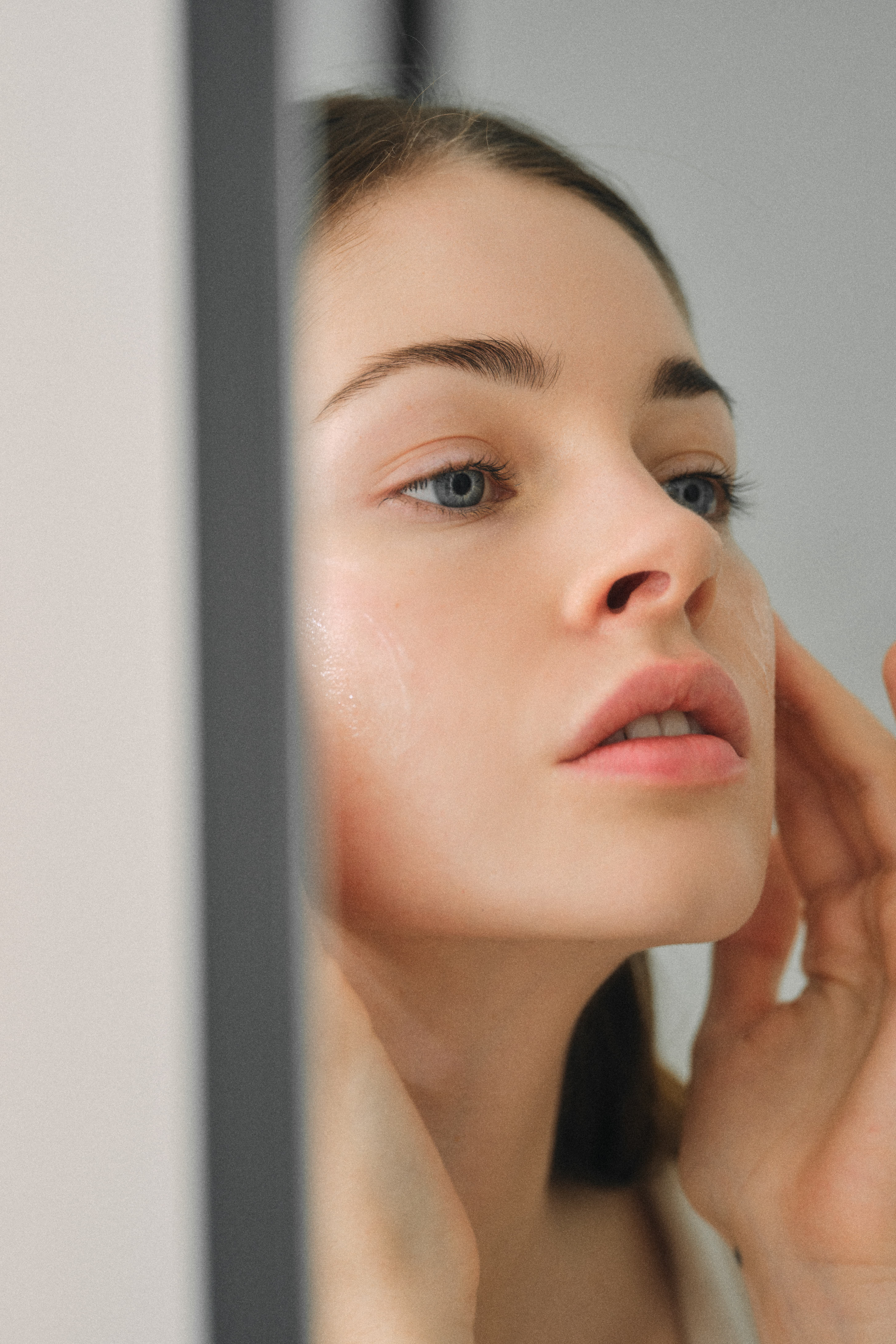The term "facial peel" can sometimes be frightening, but this treatment is far from the aggressive image it is given and is very effective in boosting cell renewal and detoxifying the skin.
What is a peel?
A peel is used to rid the top layer of the skin of dead cells that blur and dull the complexion. In this way, it eliminates impurities deep down and allows for better cellular regeneration. The product is applied to cleansed skin and the fruit AHAs (alpha-hydroxy acids) are allowed to penetrate and act in the upper layers of the skin. Rest assured, you won't "peel" like after a sunburn, since exfoliation occurs at the cellular level and is therefore not visible to the naked eye.
For whom?
Peels are not just for mature skin; from the age of 25, combination to oily skin will also benefit from them.
It is also ideal for dull skin , as it smooths the skin and provides an instant boost of radiance . To be done in winter to compensate for the lack of sun or to reduce the effects of pollution or cigarettes.
Peeling is also recommended to prevent aging, reduce fine lines and dark spots.
The difference between a peel and a scrub?
Exfoliation is a mechanical action carried out using an exfoliant containing mostly “grains” or “microbeads” which will eliminate dead skin on the surface of our epidermis.
The peeling acts alone on the skin like a mask , and allows the upper layer of the epidermis to be completely treated to then reveal smoother and clearer skin.
The good routine
You can perform a superficial peel once a week or once every 15 days on clean skin and preferably at the end of the day since it is better to leave the skin resting and without makeup after the treatment so as not to clog the pores that have just been unclogged.

